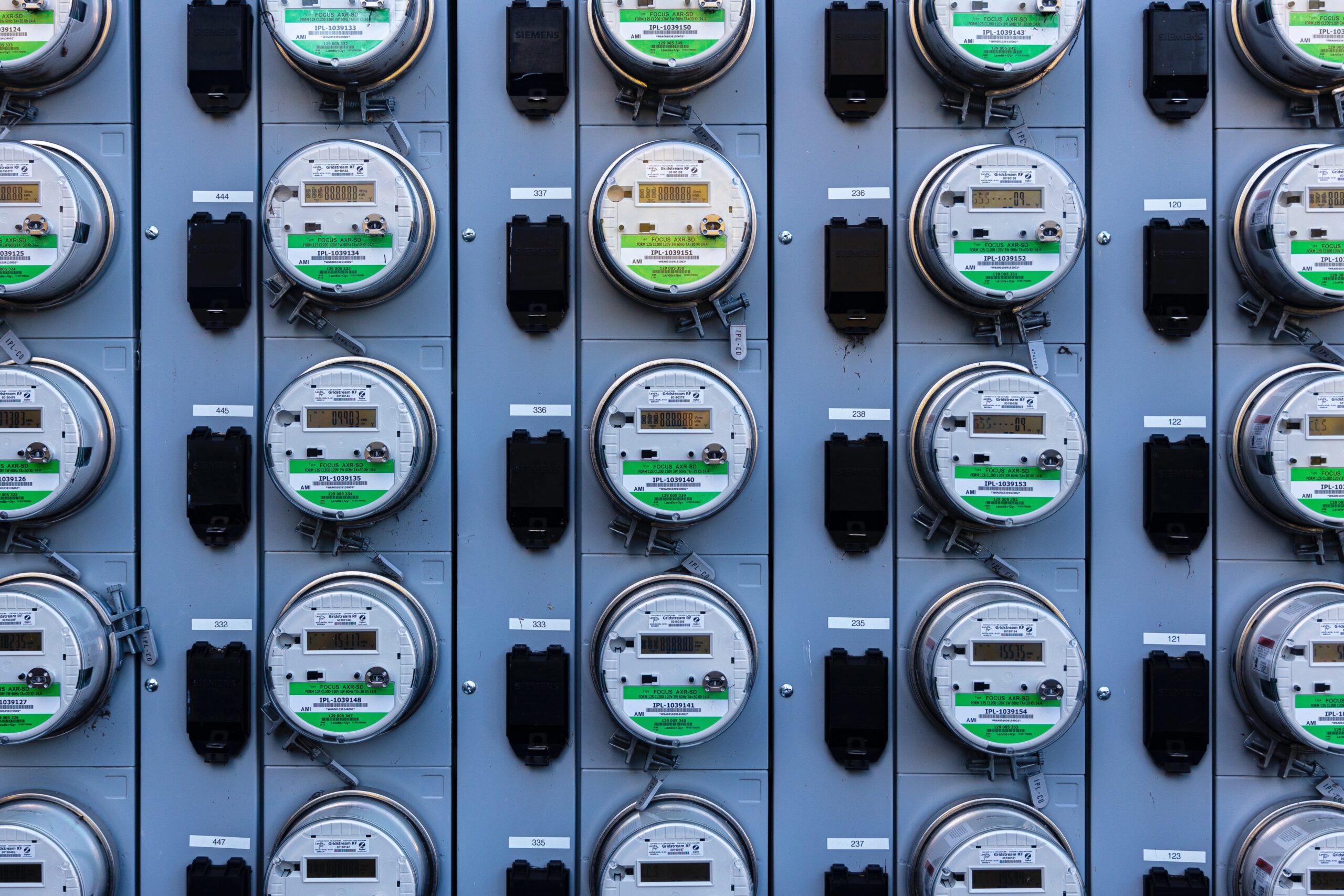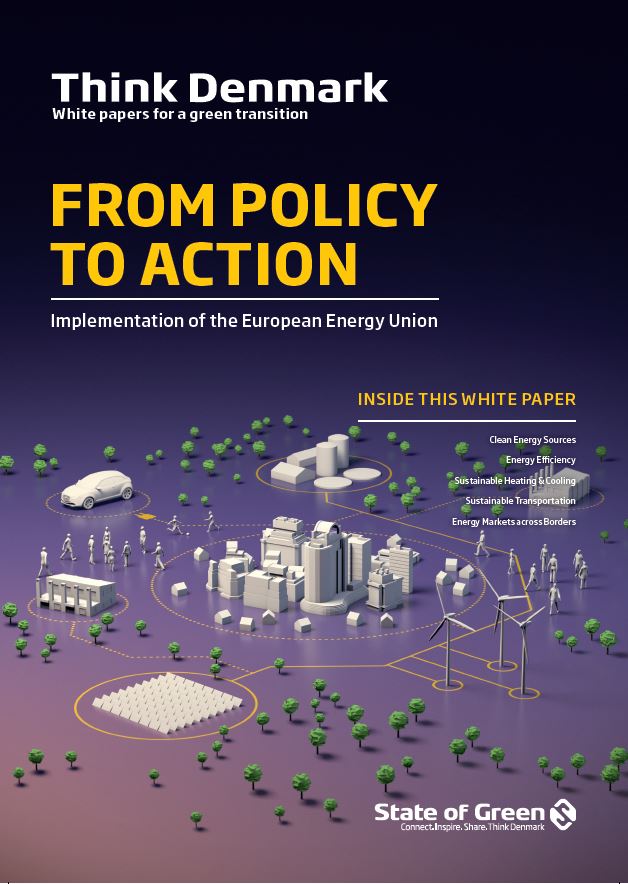Download our publication on from policy to action
This article is part of our publication ‘From Policy to Action’
Download nowPerspective
District energy
District cooling
District heating


Heating and cooling are some of the most energy intensive sectors in today’s energy mix and most of the energy used for heating and cooling today is provided by fossil fuels. Therefore, integrating renewables and energy efficiency measures is vital to reach a sustainable energy system.
More than 70 percent of EU’s heat generation comes from fossil fuels. At the same time, heating represents approximately 50 percent of final energy consumption in Europe.
If the heating supply is to live up to the objectives of the Energy Union, it needs to be better integrated with the rest of the energy system. As the price of renewable energy has fallen, low-carbon electricity presents a green and sustainable alternative to fossil fuels in the heating sector. This can be via large scale heat pumps in combination with district heating or as an individual heating option. Furthermore, waste heat from both conventional power
production and industry can increase efficiency and reduce the carbon foot print of the heating supply.

This article is part of our publication ‘From Policy to Action’
Download nowIn Denmark, heating is expected to be virtually carbon free by 2030. This ambition will be achieved on the basis of several years of long term heat planning. Integration across sectors is a core element in completing the final stretch. Much of the development has been achieved through the large-scale transition to district heating, which is an important infrastructural premise that must be present to broadly integrate renewable sources.
Today approximately 2 out of 3 households are supplied by district heating in Denmark, which allows a more efficient heat supply if produced centrally in densely populated areas. More than 60 percent of that heat is produced from renewable sources. The primary renewable source is biomass (hay, wood pellets, household waste etc.), which has replaced the use of coal, oil and natural gas. Biomass is an important transition fuel, as it allows for existing fossil fuel Combined Heat and Power plants (CHP) to be retrofitted into plants that produce heat generated by renewables.
Currently, the utilisation of excess heat from industry and even supermarkets in Denmark as an input in the district energy system is increasing. This is achieved through an increased use of heat pumps. The European Union estimates that 100 percent of all building’s heating demand in Europe can be covered by this excess heat, which is why the capture of this resource has a large potential in reaching the 2030 targets. This chapter will showcase the key technologies when it comes to decarbonising the heating and cooling sector towards 2030.